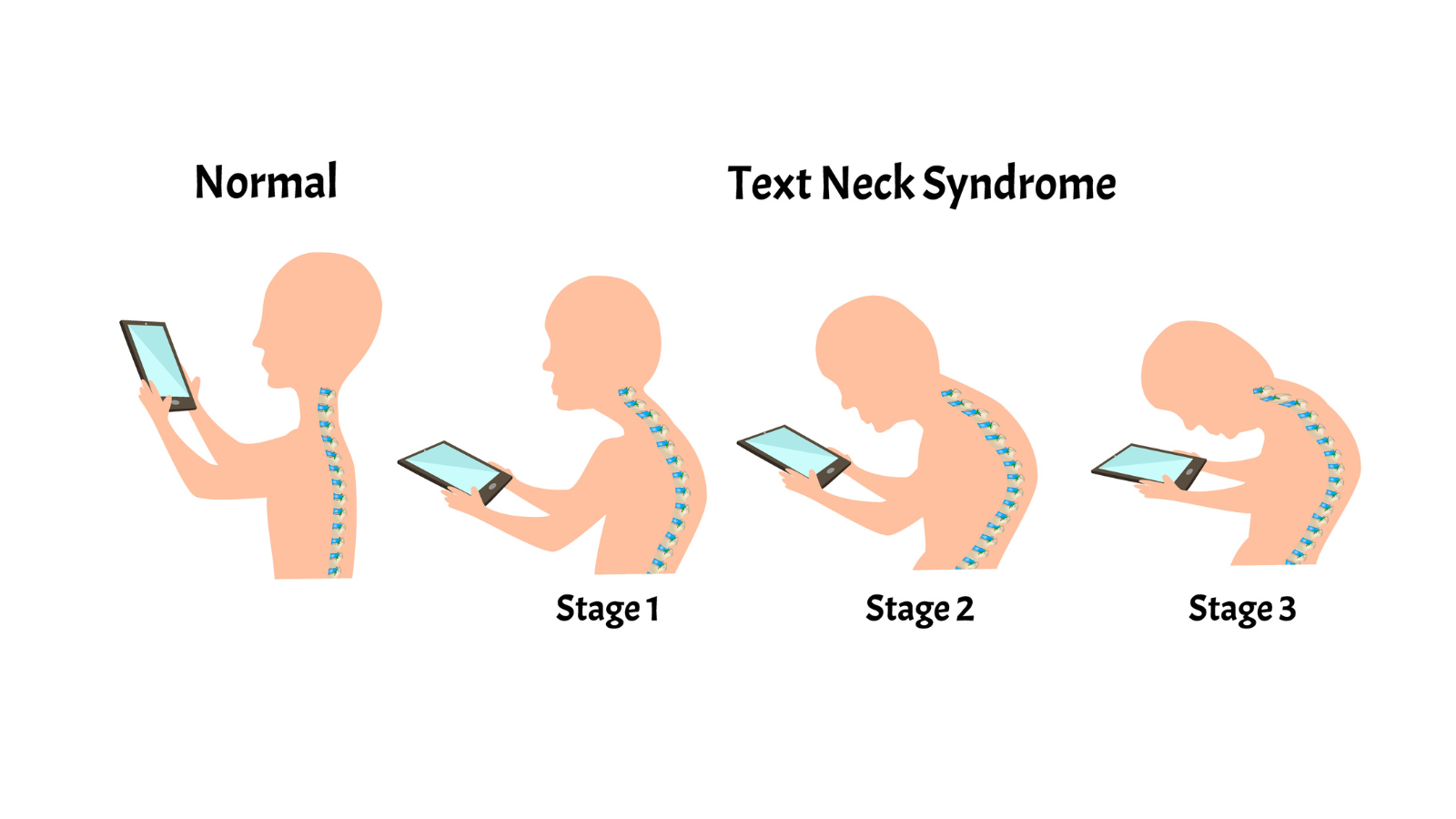Smartphone Horns: Are They a Thing?

Article At A Glance
There is no doubt that technology has made a huge impact on our lives over the past two or three decades. Young adults in their late teens and 20s might have difficulty imagining a world without social media to check regularly for updates, texting to communicate with friends, and Google readily available to answer every question. But this constant involvement with smartphones might be having an effect that goes beyond changing how we communicate and perform certain activities. Research suggests it may change the bone structure within our heads or smartphone horns.
Study Suggests the Possibility of Smartphone Horns

The study, which took place at the University of the Sunshine Coast in Queensland, Australia, found that young people may be developing very small horns at the base of the skull, and smartphones could potentially be to blame. (1) These results are based on two investigations conducted by the same team of researchers who were seeking to determine whether individuals are developing small spike-like growths at the back of their heads, which are known as external occipital protuberances.
In their first version of the study, 41 percent of the 18- to 30-year-old subjects were found to have hornlike structures that were greater than 10 millimeters (0.4 inches) in length. The second segment of the study was an analysis of 1,200 X-rays of participants ranging in age from 18 to 86, and 33 percent were seen to have smartphone horns.
How Horns, Bone Spurs, and Smartphones are Linked
These horns are actually a kind of bone spur, formed over time when inflammation damages joint cartilage and the body reacts by growing more bone, and they are not uncommon in elderly people. But they typically develop from years of wear and tear and sagging posture. This is the first research to find them developing in a younger population, which is why the investigators believe that technology is to blame.
It is the pronounced forward tilting of the head that we use to look downward at the screen of a smartphone that puts a strain on muscles. This repetitive motion may eventually be responsible for the damage that leads to growths such as the horns that were noted. And it’s possible that the horns are now developing more quickly in younger people because they use their smartphones so frequently, and because this has been a regular occurrence since their bodies were developing through childhood and adolescence.

No Definitive Proof That Smartphones Cause Horns
Despite the fact that this study had two variations and both showed evidence of the presence of horns, there were also definitely limitations to its design. First and foremost, the study does not collect any information on smartphone habits, so it is impossible to say definitively that those who use their smartphones most often are the ones growing smartphone horns.
What’s more, in the second portion of the research that focuses on the X-rays, the data shows that the likelihood of horns was lower in the older volunteers. Since these horns are known to develop in elderly populations, we would expect to see more of them in that segment of the population, which calls into question the validity of the X-ray data.
Are We Safe Using Our Smartphones?
The jury may still be out on the safety of exposure to the radiation our smartphones emit next to our heads. But we do know for sure that the typical head-down posture we maintain while looking at our smartphones is bad for our bodies. It might or might not contribute to the growth of these minor horns on the skull, but either way, it certainly does put a major strain on the muscles of the neck, upper back, and shoulders.
To combat that, try to be conscious of your positioning when using your smartphone.
Here are some suggestions:
- Hold your phone up so you need to tilt your head less or set the phone on a surface that allows you to look forward or even slightly upward toward the device.
- Stretch out the affected muscles with neck stretches and shoulder rolls throughout the day.
While you’re at your computer, every 20 to 30 minutes, stand up and practice Palm Tree Pose (Talasana).
If all else fails, make it a point to schedule regular massage appointments and let your therapist know to focus a lot of energy on your shoulder and neck area.
Also, read...
Smooth Transitions: 9 Ayurvedic Tips for Moving into Spring
Yoga and Body Image: How Yoga Can Help You Make Friends with Your Body
Free Yoga Video: Breathing for Pelvic Floor Health: Two Practices to Deepen Your Breath
Related courses
Breath as Medicine: Yogic Breathing for Vital Aging
Yoga and Myofascial Release: Releasing Chronic Tension with the Bodymind Ballwork Method

Jon Barron is the founder of the Baseline of Health® Foundation, whose website attracts millions of visitors worldwide so people can learn about health and nutrition for free. He has lectured internationally and has been featured on many regional and syndicated media programs as an expert in disease prevention, anti-aging, and nutrition.



